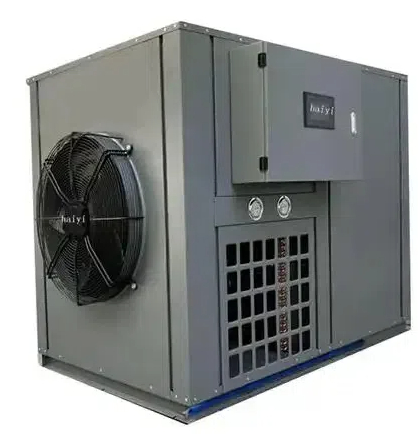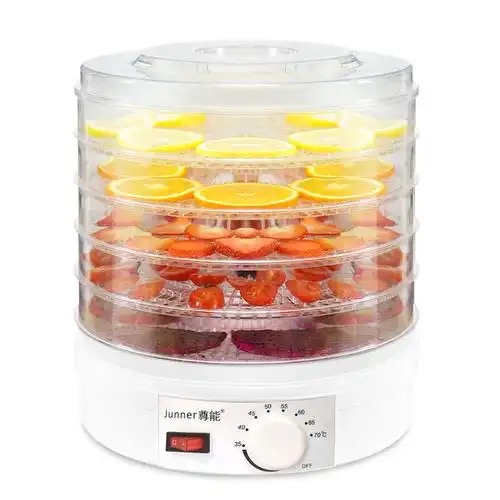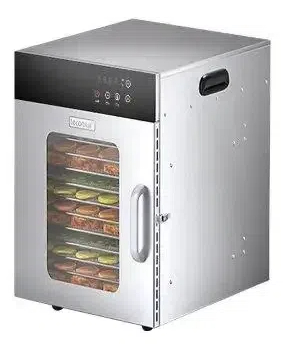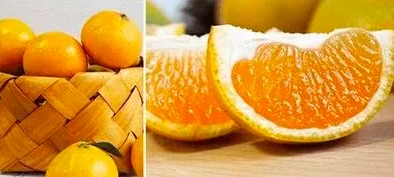
Content Menu
● Introduction
● What is a Food Drying Machine?
● How Heat Pump Dryers Work
● Benefits of Using Heat Pump Dryers for Food
● Applications of Food Drying Machines
● Maintenance and Care for Food Drying Machines
● Conclusion
● Frequently Asked Questions
>> 1. What types of food can be dried using a heat pump dryer?
>> 2. How does a heat pump dryer compare to a traditional dehydrator?
>> 3. What is the average drying time for foods in a heat pump dryer?
>> 4. Are heat pump dryers suitable for commercial use?
>> 5. What maintenance is required for a heat pump dryer?
Introduction
Food preservation is a critical aspect of food safety and sustainability. Among various methods, drying is one of the oldest techniques used to extend the shelf life of food. In recent years, heat pump dryers have emerged as a revolutionary technology in the food drying industry, offering numerous advantages over traditional methods. This article explores the workings, benefits, and applications of heat pump dryers in food preservation.

What is a Food Drying Machine?
Food drying machines are appliances designed to remove moisture from food, thereby inhibiting the growth of bacteria, yeasts, and molds. This process not only extends the shelf life of food but also concentrates flavors and nutrients. There are several types of food drying machines, including heat pump dryers, traditional dehydrators, and solar dryers. Each type has its unique features and applications, but heat pump dryers stand out for their efficiency and effectiveness.
How Heat Pump Dryers Work
Heat pump dryers operate on a simple yet effective principle: they recycle hot air to dry food. The process begins with the heat pump extracting moisture from the food and transferring it to the air. This air is then heated and circulated back into the drying chamber, creating a closed-loop system. This method not only reduces energy consumption but also maintains a consistent temperature, which is crucial for effective drying.
The efficiency of heat pump dryers lies in their ability to operate at lower temperatures compared to traditional dryers, which helps preserve the nutritional quality of the food. Additionally, they can handle a variety of food types, making them versatile for both home and commercial use.

Benefits of Using Heat Pump Dryers for Food
One of the primary advantages of heat pump dryers is their energy efficiency. They consume significantly less energy than traditional drying methods, leading to cost savings for both consumers and businesses. Moreover, the gentle drying process helps retain the natural flavors, colors, and nutrients of the food, making it a healthier option for preservation.
Another benefit is the versatility of heat pump dryers. They can be used to dry a wide range of foods, including fruits, vegetables, herbs, and even meats. This flexibility makes them an ideal choice for home cooks and commercial food processors alike.
Applications of Food Drying Machines
Heat pump dryers are suitable for various applications, from home kitchens to large-scale food processing facilities. In home settings, they allow individuals to preserve seasonal fruits and vegetables, create healthy snacks, and reduce food waste. Commercially, they are used in the production of dried fruits, jerky, and other preserved foods, providing a reliable method for maintaining product quality.
For instance, a local farm may use a heat pump dryer to process excess produce during harvest season, ensuring that nothing goes to waste while also creating value-added products for sale.
Maintenance and Care for Food Drying Machines
To ensure optimal performance, regular maintenance of heat pump dryers is essential. This includes cleaning filters, checking for blockages in air ducts, and ensuring that the drainage system is functioning properly. By following these maintenance tips, users can extend the lifespan of their machines and maintain high drying efficiency.
Conclusion
Heat pump dryers represent a significant advancement in food preservation technology. Their energy efficiency, versatility, and ability to maintain food quality make them an excellent choice for both home and commercial applications. As the demand for sustainable food practices continues to grow, heat pump dryers are likely to play an increasingly important role in the food industry.

Frequently Asked Questions
1. What types of food can be dried using a heat pump dryer?
A variety of foods including fruits, vegetables, herbs, and meats can be dried effectively.
2. How does a heat pump dryer compare to a traditional dehydrator?
Heat pump dryers are generally more energy-efficient and can maintain better food quality compared to traditional dehydrators.
3. What is the average drying time for foods in a heat pump dryer?
Drying times vary based on the type of food and thickness, but generally range from 4 to 12 hours.
4. Are heat pump dryers suitable for commercial use?
Yes, they are increasingly used in commercial settings due to their efficiency and capacity.
5. What maintenance is required for a heat pump dryer?
Regular cleaning of filters, checking for blockages, and ensuring proper drainage are essential for optimal performance.












